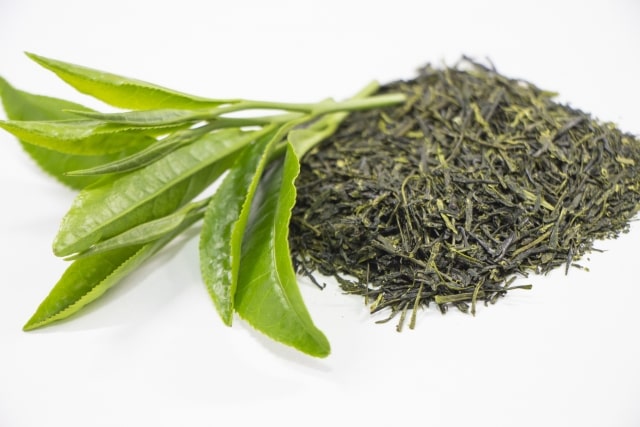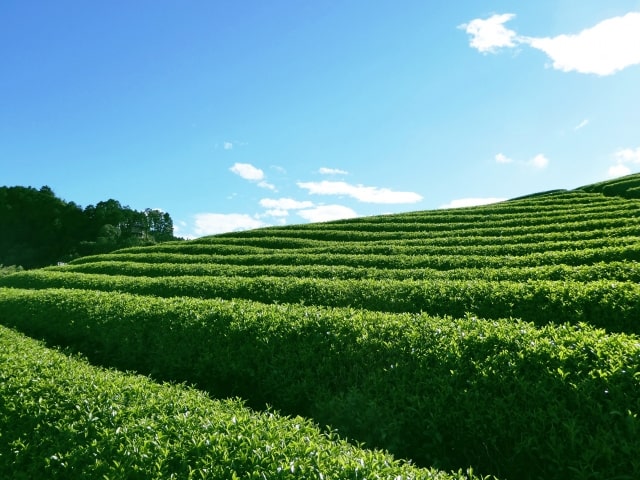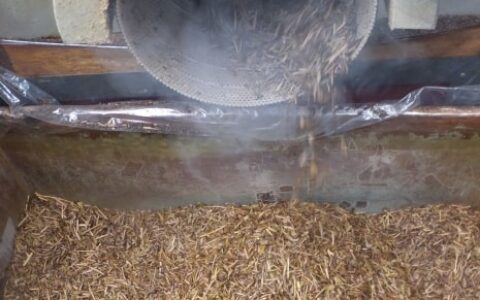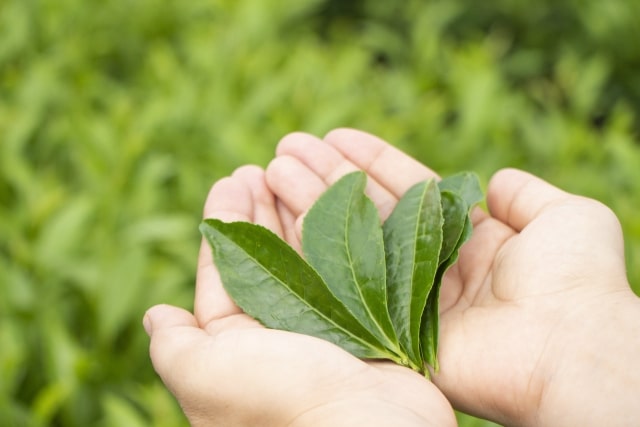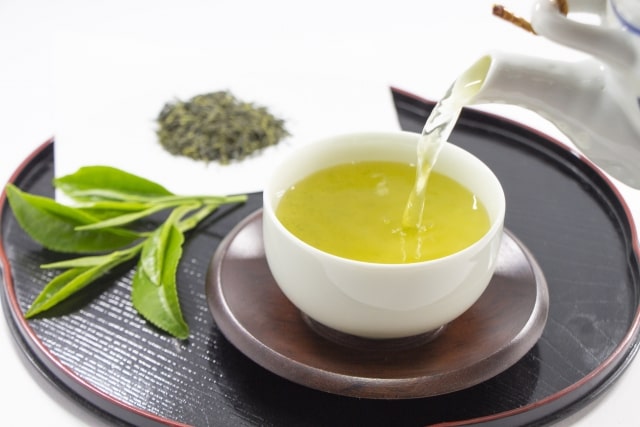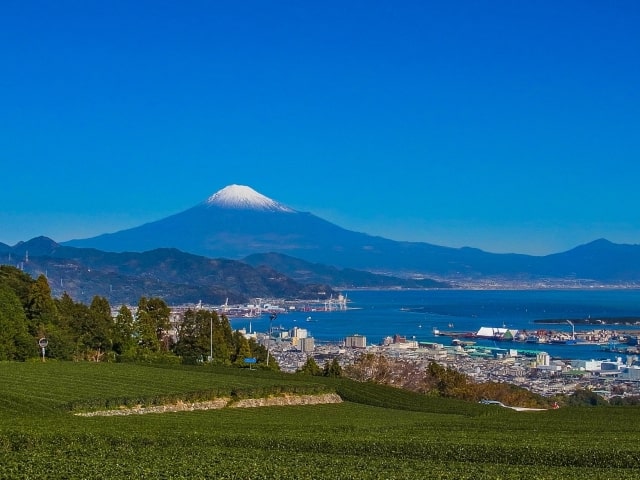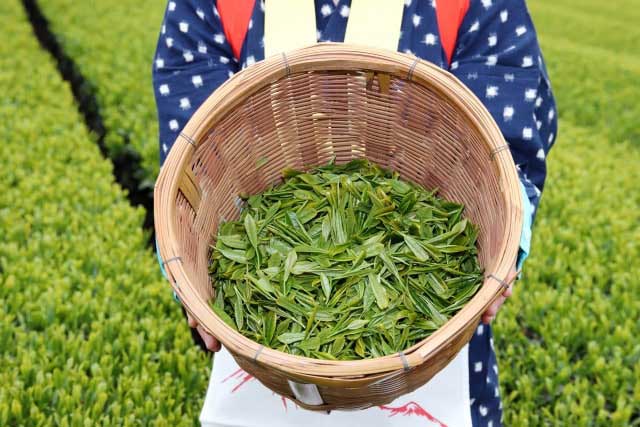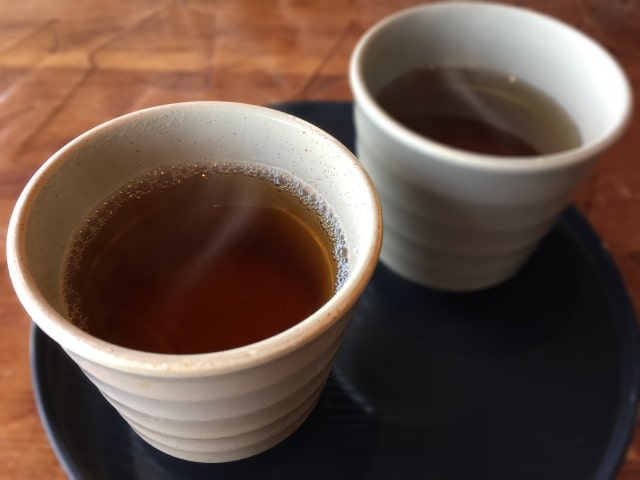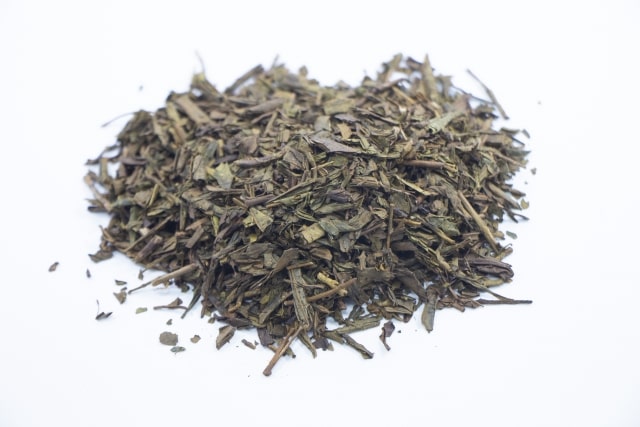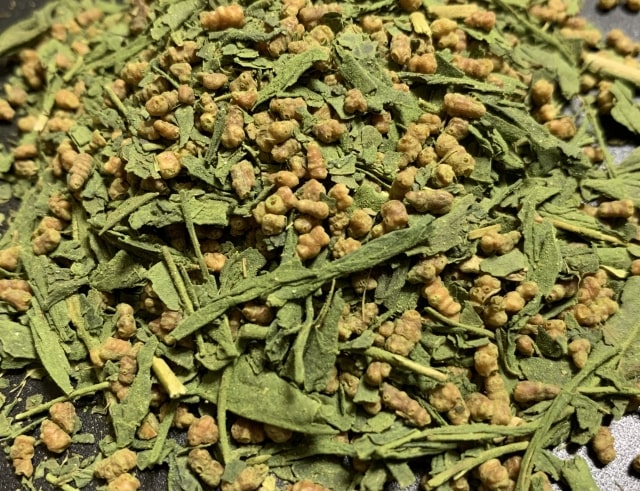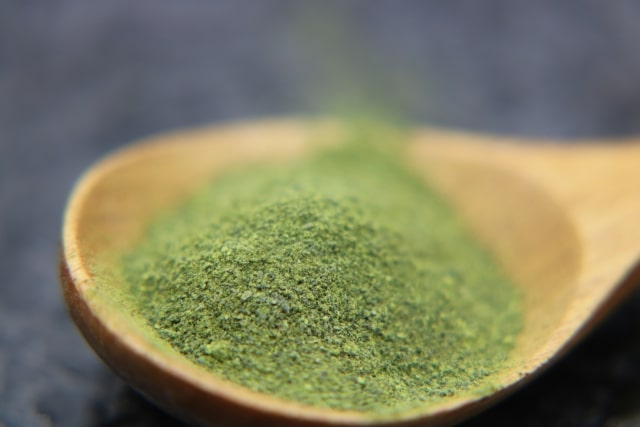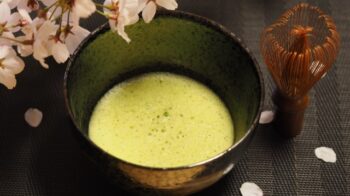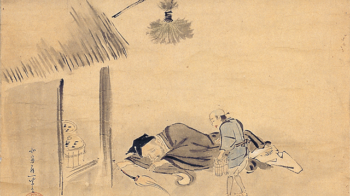Japanese Tea
Welcome to the world of Japanese tea.
In Japan, a glass of water or a cup of tea is served in restaurants or cafes, as soon as you take your seat?
Don’t worry. It’s for free.
As this story shows, tea is indispensable in Japanese daily life.
But what makes Japanese tea different from other tea leaves?
Let’s learn about it.
Below is the contents of this page.
1. What’s the difference?
To tell the truth, both black tea and Japanese tea derive from the same kind of tea plant (Camellia Sinensis).
What makes each tea different is the degree of oxidation.
1) degree of oxidation
Oxidation makes infused tea red.
Because through oxidation, catechins in tea leaves change into thearubigin or theaflavin which is the origin of redness of the black tea.
Below is the degree of oxidation of each tea :
- full oxidation ⇒ Black tea
- semi- oxidation ⇒ Oolong tea
- light- oxidation ⇒ White tea
- without oxidation ⇒ Green tea
Generally, oxidation starts naturally after being picked from the tree through the acts of enzymes inside.
Then, how can we stop oxidation?
Since heat can deactivate the enzymes, we can stop oxidation by heating.
According to the method to heat, we divide the green tea into two.
2) method to heat
A) pan-fired (mainly produced in China and Taiwan)
B) steamed (mainly produced in Japan)
A) has a slightly sweet roasted aroma, whereas B) has a fresh aroma and strong umami.
To sum up, steamed green tea is the mainstream of Japanese tea.
2. Green tea
Basically, based on the circumstance the leaves grew, we divide it into two.
1) Shaded
Shading prevents L-theanine (umami-compound) from turning into catechin which makes tea taste bitter.
Therefore one of the characteristics of shaded teas is sweetness and strong umami.
Below are representative shaded green tea leaves.
Gyokuro(玉露)
Shading duration: about three weeks before the spring harvest.
Above all, the characteristics of Gyokuro is in its strong umami.
For its richest umami, sometimes Gyokuro could become the most expensive tea.
As for steeping, the best way is to steep it in low temperatures.
It also makes an excellent cold brew.
Kabusecha(かぶせ茶)
Shading duration: about 4-10 days before the harvest. Synthetic black cloths cover the tea plants directly.
Probably, the best definition for Kabusecha is the tea between Gyokuro and Sencha.
Because it is stronger in sweetness and weaker in astringency than Sencha.
Whereas, the umami is not as strong as Gyokuro.
Different from Gyokuro, we infuse Kabusecha at relatively high temperatures.
Tencha(碾茶)
Shading duration: about three weeks before the harvest.
Different from Gyokuro, Tencha is steamed and dried at high temperature to get the finished tea with the shape of a fish scale.
Notably, Tencha is not a tea to drink as it is.
By grinding it in a stone mill, we get green powder, that is to say, Matcha.
Incidentally, the special tea ceremony to open the new Tencha pot is the Kuchi-kiri chaji.
Matcha(抹茶)
Matcha is a powdered green tea used in the tea ceremony which is called Sadou in Japanese.
Therefore, the way to drink Matcha is significantly unique.
Firstly, scoop Matcha powder into the cup and pour hot water in it.
Then, whisk the tea quickly but gently to cover it with fine frothy bubbles.
Matcha is notable for its vivid green colour, strong umami, well-balanced sweetness and astringency.
Recently, it is well known as an ingredient of various sweets and becoming popular not only in Japan but also overseas.
2) Non-shaded
On the other hand, non-shaded tea grows without shades.
Basically, based on the duration of steaming, we divide it into two:
1) Sencha
2) Fukamushi Sencha
To tell the truth, almost 70% of the Green tea consumed in Japan is these two Sencha.
Sencha(煎茶)
In 1738, Nagatani Soen invented the original method to steep tea leaves, without cooking or boiling.
This is what we call, Sencha.
Generally, its steaming time is 30 seconds.
Sencha is notable for its flexibility.
For example, by steeping in water of high temperature, astringency together with bitter aroma clearly appear.
On the other hand, by steeping in cold water, we can enjoy its natural sweetness.
Fukamushi Sencha
(深蒸し煎茶)
Fukamushi means deeply steamed.
As its name shows, the steaming time of Fukamushi is longer than Sencha.
Generally, it’s 1-2 minutes.
Tea leaves grown in the centre of Shizuoka prefecture tend to become bitter because of the long daylight.
In order to solve this problem, the Fukamushi method was invented in the 1960’s.
Because by steaming longtime, a compound named pectin dissolves and the bitterness turns into sweetness.
Although tea leaves have a broken appearance, brewed tea has a thick and rich taste.
Today, Fukamushi is the most consumed tea in Japan.
3. Yabukita
Speaking of Sencha, we cannot forget the existence of Yabukita.
Many Japanese believe that Yabukita is another name for Sencha.
However, different from Matcha or Sencha, Yabukita is not a name of classification (tea).
It’s the name of a tea cultivar.
What’s Tea cultivar?
To know about tea cultivar, firstly, we must understand that the tea plant is not self-pollinating.
Because of this fact, if tea plants are propagated by seeds, the result is always natural cross pollination which makes each plant different.
On the other hand, if tea plants are clones propagated by cuttings, they grow almost evenly and their leaves become quite similar.
As a result, their taste and aroma can be very clear and refined.
We call the latter tea cultivar.
Nowadays, tea cultivars cover about 98% of all tea plantations in Japan.
1) History
In 1908, by selecting good quality plants in Shizuoka prefecture and cloning them, Hikosaburo Sugiyama singled out a Japanese tea cultivar, Yabukita.
Since then, the number of tea farms which plant Yabukita has rapidly increased and now it occupies more than 75% of the tea plantation.
Most of them are processed into Sencha.
Therefore, many Japanese believe that Yabukita is another name for Sencha.
But as mentioned above, Yabukita is the name of a Japanese tea cultivar.
3) Modern problems
Thanks to Yabukita, the quantity of tea harvest as well as its quality has dramatically grown. But this uniformity has brought some problems:
- the lack of variation in taste and aroma,
- the lack of workforces during the harvest time (overlapping of peak harvest time).
4) New movements
In order to solve these problems, the movements to produce new cultivars are becoming active.
But it is noticeable that in many cases, they mix Yabukita with other cultivars.
After all, this cultivar is an unmoved standard for Japanese tea.
4. Reprocessed teas
We’ve obtained various teas by reprocessing green tea leaves (including buds or stems).
They are called reprocessed tea.
Remarkably, tea extracted from these tea leaves is not always green.
Hoji cha(ほうじ茶)
‘Hoji-ru’ means to roast or to fire in Japanese.
As this name shows, we make Hojicha by roasting green tea leaves.
By roasting, the aroma becomes stronger and the colour of infused tea becomes brown.
Since Hojicha contains little caffeine, we often drink it before sleeping.
If you have Sencha which has already gone old, let it change into Hojicha by roasting it in a skillet.
Genmai cha(玄米茶)
Genmai means brown rice and Genmai cha contains roasted rice in green tea. Generally, its ratio is 1:1.
Originally, rice cakes were used to make this tea. Because it has its origin in the custom on New year days among tea sellers in Kyoto.
In order to celebrate the New year, we prepare many rice cakes. One day, tea sellers in Kyoto put roasted rice cakes in their shared teapot during a New year celebration and found it very flavoury. Thus, it became their custom and then, an independant tea product.
By the way, although “genmai” means brown rice in Japanese, we usually use refined rice to make the finished tea more aromatic.
Funmatsu cha(粉末茶)
Funmatsu means powder.
Just Like Matcha is powder made from Tencha, Funmatsucha is powder made from Sencha.
Its biggest strong point is that it can directly dissolve into water or oil without making waste.
In addition, since its particle is much bigger than Matcha, it doesn’t become lumpy and therefore there’s no need to whisk the tea.
Kona cha(粉茶)
Kona also means powder.
Then, what’s the difference between Konacha and Funmatsucha?
As mentioned above, Fumatsuacha is powder of Sencha.
Whereas, Konacha is green tea dust sifted or fanned during the process of refining raw tea called Ara-cha (荒茶).
It is often served at Sushi restaurant to clear the palate and lower the risk of food poisoning by the behavior of catechins.
Kuki cha(茎茶)
Kuki means stems.
As this name shows, we make Kukicha from stems and stalks removed during the process of refining raw tea called Ara-cha (荒茶).
Because it is rich in theanine and weak in astringency, we can steep it at high temperature.
Therefore it is good to warm ourselves in cold winter.
Among them,“Karigane(雁が音)” or “Siraoré (白折)” made from the stems of Gyokuro are the most expensive and popular.
Ban cha(番茶)
Actually, Bancha is a tea hard to be defined.
In the past, Ban-cha indicated the teas among commoners, that is to say, the teas other than Matcha or Sencha which were affordable only for those in higher social ranks.
As a result, the Ban-cha were made in quite different manners depending on the region or family such as boiling, cooking, roasting etc.
Nowadays it generally refers to the tea made in the same method as Sencha but using hard or old leaves.
5. Conpounds and Efficacy
The main compounds of Japanese tea are catechin and theanine.
Lastly, let’s look into their efficacy.
1) Catechin
Catechin is a polyphenol which is behind bitterness and astringency of the Green tea.
It brings some merits to our body.
- increase fat metabolism in hepatic cell
- anti-bacterial effect
- anti-oxidant effect (slow down aging process and prevent the formation of cancer cells)
- anti-allergic effect
2) Theanine
L-theanine is a main compound behind the umami sensation.
It promotes alpha wave activity in the brain and make us relax.

